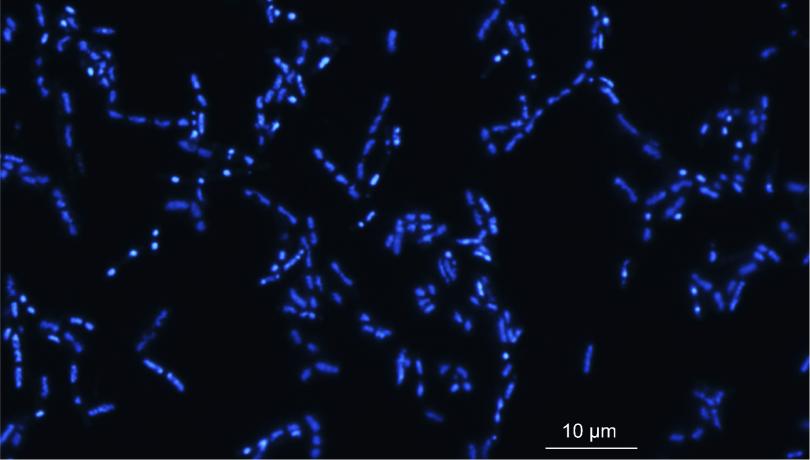The current system only allows new species of prokaryotes to be named if they have been grown in laboratory. This work proposes a new nomenclature code that overcomes this problematic requirement.

Bacteria and archaea are two of the three domains of life on Earth that encompass single-celled organisms that do not have a cell nucleus, also known as prokaryotes. The current classification system for these organisms only accepts that new species be named if at least one representative of them has grown in the laboratory as a pure culture (monoculture) and is accessible to the scientific community.
This is the most controversial rule in the International Code of Nomenclature of Prokaryotes (ICNP) and a requirement that has always been problematic for microbiologists studying these organisms in the wild.
However, now this situation could change thanks to the agreement reached by an international consortium of scientists, including five researchers from the Consejo Superior de Investigaciones Científicas (CSIC), one of whom is Sílvia González Acinas, from the Department of Marine Biology and Oceanography of the Institut de Ciències del Mar (ICM) of Barcelona.
Specifically, this group of researchers proposes two paths to follow: to revise the current ICNP so that it allows the inclusion of non-cultivated species that would be represented by the information in the sequence of their genomes, or to create an alternative nomenclature system for non-cultured organisms, which could, in the future, serve both, those who cultivate and those who do not. The idea is that this new code ends up merging with the traditional naming system.
All this is detailed in an article published recently in the journal Nature Microbiology in which the authors assure that modernizing the current nomenclature code will make it easier for researchers to know, classify, identify and share the biodiversity of the microbial world. It would also be a change adapted to the observations that new technologies allow, with which new prokaryotic taxa can be named without having to cultivate them.
Classifying microbial diversity
In the 1980s, microbiologists began using molecular techniques to sample and study the DNA of microorganisms directly in their own habitat. The diversity of habitats of these microorganisms ranges from Earth's frozen oceans to the deepest underground perforations, as well as animal and plant microbiomes, including those associated with the human skin surface, oral mucosa, and intestinal tract, among others.
In the last 40 years, technology has improved in such a way that the genome of a microorganism can be known without having even seen it. However, and despite the fact that hundreds of thousands of new species are detected without being cultivated, following ICNP rules, none of these can be officially named due to the lack of a viable pure culture, an almost impossible premise for the vast majority.
The study presented offers a guide to overcome this difficulty and include the new non-cultivated species, which according to the researchers is especially important to advance in the classification of the planet's prokaryotic diversity and so that in the mid-term would be possible to catalog the vast majority of species in the biosphere, since it is estimated that only approximately 1% of the actual total have been named.